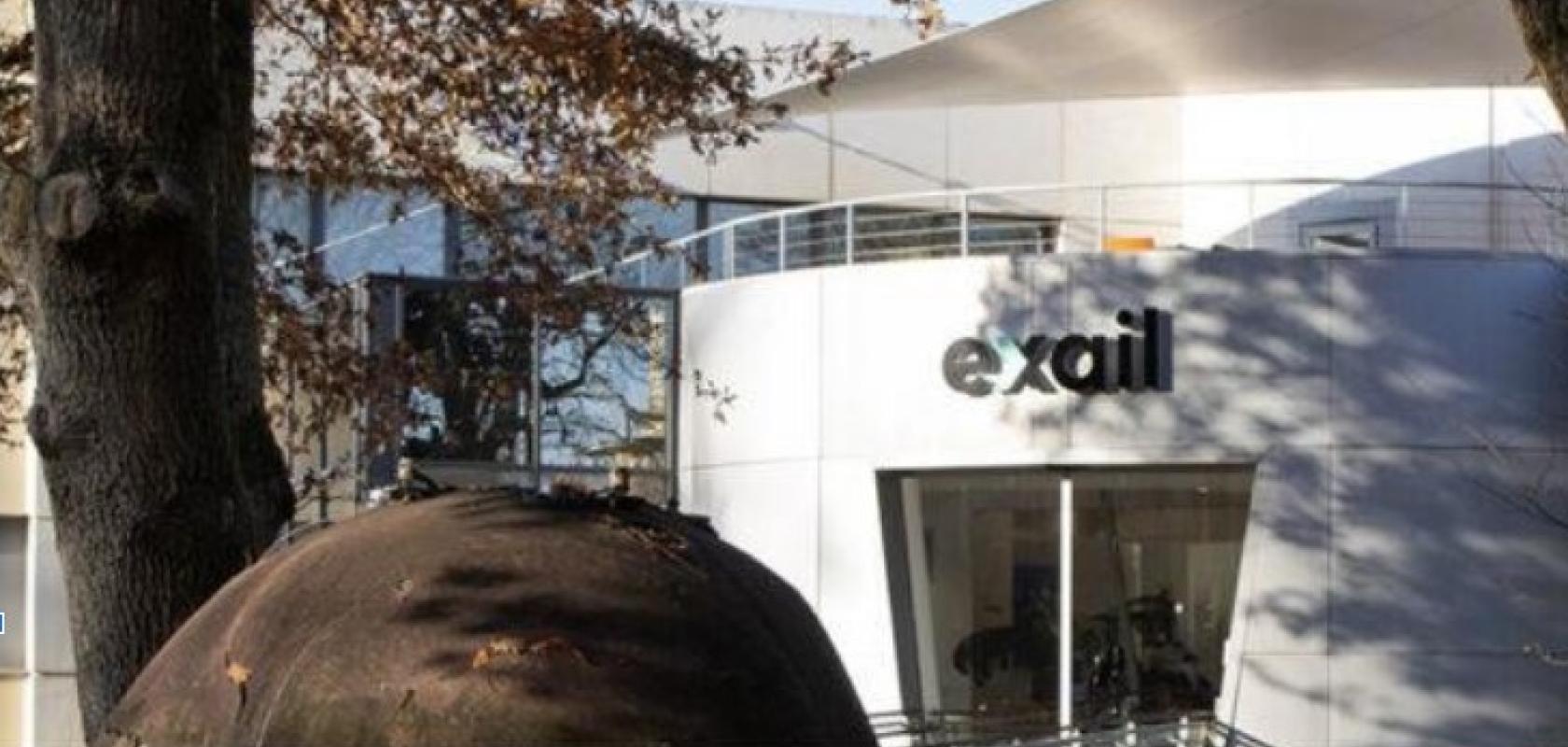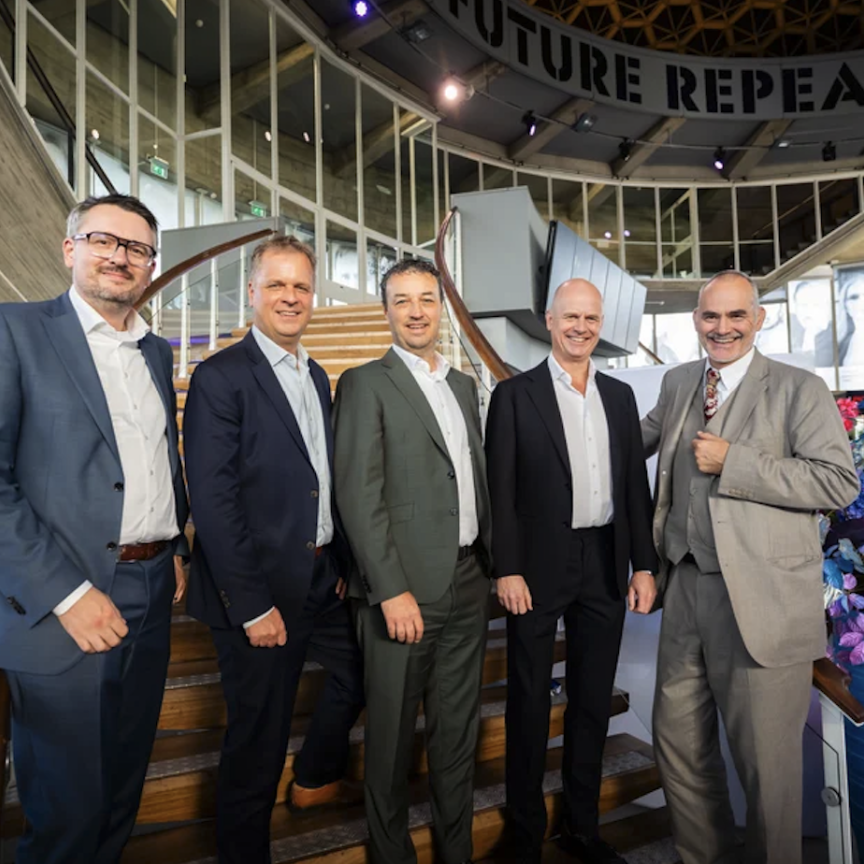Photonics is ready to revolutionise spacecraft engineering, replacing or enhancing conventional electrical approaches in critical areas such as digital and RF telecom payloads, sensors, micro lidars, and spectrometers.
These photonic technologies promise to reduce the size, weight, power consumption, and improve the performance of space systems. Among these technologies, photonic integrated circuits (PICs) are emerging as a game-changer in space applications, offering chip-scale integration of multiple optical elements to enable complex functions analogous to electrical integrated circuits. This is why PICs are expected to play a pivotal role in the future of this field.
Airbus has taken a significant step in this direction with the development of the Space Photonics Unified Roadmap. This initiative aims to identify common photonic needs in future space products and promote collaboration between different Airbus divisions and transnational organisations. Victor Fernandez, Senior Photonics Engineer at Airbus, will elucidate the ultimate goal of this initiative: providing a clear vision for the future of photonics in space and strengthening partnerships with industry and space agencies.
A panel of experts will delve into these critical photonics technologies for space applications during the upcoming EPIC Meeting on Photonics for Space. This event will take place at Exail facilities in Paris on September 21 and 22, 2023.
In the domain of Space Optical Communication Technologies, the demand for higher bandwidth is surging, driven by emerging data-intensive protocols such as 10Gbps Ethernet, Fiberchannel, ARINC 818, sRIO, and Spacefibre. Fibre optic interconnects are also assuming an increasingly pivotal role in these developments. Davinder Basuita, a representative from Glenair UK, will explain these advancements in his presentation: Space-Grade Optical Fibre Flex Circuits and Multi-Fibre Connectors for High-Speed Payload Datalinks during the EPIC Meeting.
Another crucial topic under discussion is the growing significance of PICs in space applications. From the perspective of New Technologies for Earth and Planetary Monitoring, Ugo Drieux, Sales Engineer & Applications Manager at OptoSigma, will present Optics for Space. He will navigate through the multifaceted factors involved in selecting the right optic for space-related flights, complicated further by the existence of three distinct altitude levels, each with its unique environmental requirements.
The final session of the meeting will centre on space exploration, extending its reach to the Moon and Beyond. CSEM will present its activities in the fields of metrology and lidars for the LISA Mission. This will encompass the calibration of spectrographs for astronomy based on frequency combs and the testing and evaluation of micro-vibrations, as presented by Christophe Pahce, Group Leader Sensing & Control at CSEM. In the same session, Henk Leeuwis, VP Strategy and Innovation at LioniX International, will unveil the development of an innovative integrated photonics biosensor platform. This platform offers unprecedented sensitivity, making it suitable for life detection on Mars and Icy Moons.
The two-day EPIC Meeting on Photonics for Space will feature 24 speakers from various European countries, all dedicated to advancing photonics for space applications. For the complete agenda, please click here.


